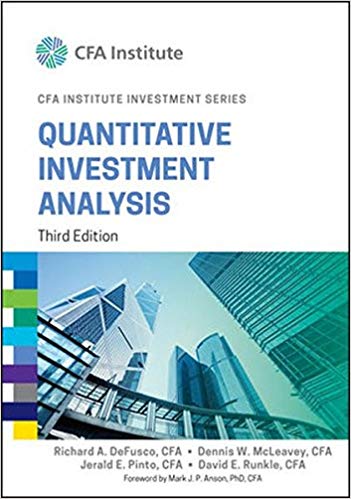Suppose a client asks you for a valuation analysis on the eight-stock US common stock portfolio given
Question:
.png)
1 In particular, diluted EPS is for continuing operations and before extraordinary items and accounting changes.
Based only on the information in the above table, calculate the following for the portfolio:
A.
I. Arithmetic mean P/E.
II. Median P/E.
B.
I. Arithmetic mean P/S.
II. Median P/S.
C.
I. Arithmetic mean P/B.
II. Median P/B.
D. Based on your answers to Parts A, B, and C, characterize the appropriateness of using the following valuation measures:
I. Mean and median P/E.
II. Mean and median P/S.
III. Mean and median P/B.
Common stock is an equity component that represents the worth of stock owned by the shareholders of the company. The common stock represents the par value of the shares outstanding at a balance sheet date. Public companies can trade their stocks on... Stocks
Stocks or shares are generally equity instruments that provide the largest source of raising funds in any public or private listed company's. The instruments are issued on a stock exchange from where a large number of general public who are willing... Portfolio
A portfolio is a grouping of financial assets such as stocks, bonds, commodities, currencies and cash equivalents, as well as their fund counterparts, including mutual, exchange-traded and closed funds. A portfolio can also consist of non-publicly...
Fantastic news! We've Found the answer you've been seeking!
Step by Step Answer:
Related Book For 

Quantitative Investment Analysis
ISBN: 978-1119104223
3rd edition
Authors: Richard A. DeFusco, Dennis W. McLeavey, Jerald E. Pinto, David E. Runkle
Question Posted:





